Accordingly, the budget does not have to bear 100% of the capital, the expected payback period is only 30 years instead of more than 140 years, the construction time is reduced from 10 years to 5 years, thereby helping to promote economic growth and improve the lives and convenience of the people.
Public investment and PPP: The budget can easily lose tens of billions of USD
- The North-South high-speed railway is a strategic infrastructure project, but the investment model has not yet been finalized. Many opinions say that the project is too large in scale, only the public investment model can handle it. What is your opinion?
Economist Vu Dinh Anh: That argument is incorrect. If public investment is used, the budget must pay 100% of the capital and this total investment will not be profitable because it is almost certain to be a loss-making project. Current calculations show that the payback period can be up to 140 years, or even impossible because the operating and maintenance costs will increase by tens of billions of USD in the following years.
This is also the experience of many countries in the world . This puts great pressure on public debt and national credit rating.
“For the North-South high-speed railway project, direct private investment is the optimal choice compared to public investment or public-private partnership (PPP), Mr. Vu Dinh Anh emphasized.
- Can we understand that if we choose public investment, there will be many disadvantages?
Yes. In addition to the issues just mentioned, in reality, the efficiency of public investment is still a problem. Although we have improved a lot, there are still persistent weaknesses such as complicated procedures, slow disbursement, capital increase and prolonged progress.
For a national strategic and high-tech project like high-speed railway, these shortcomings can greatly increase the total investment, prolong the time and cause economic opportunities to be missed.
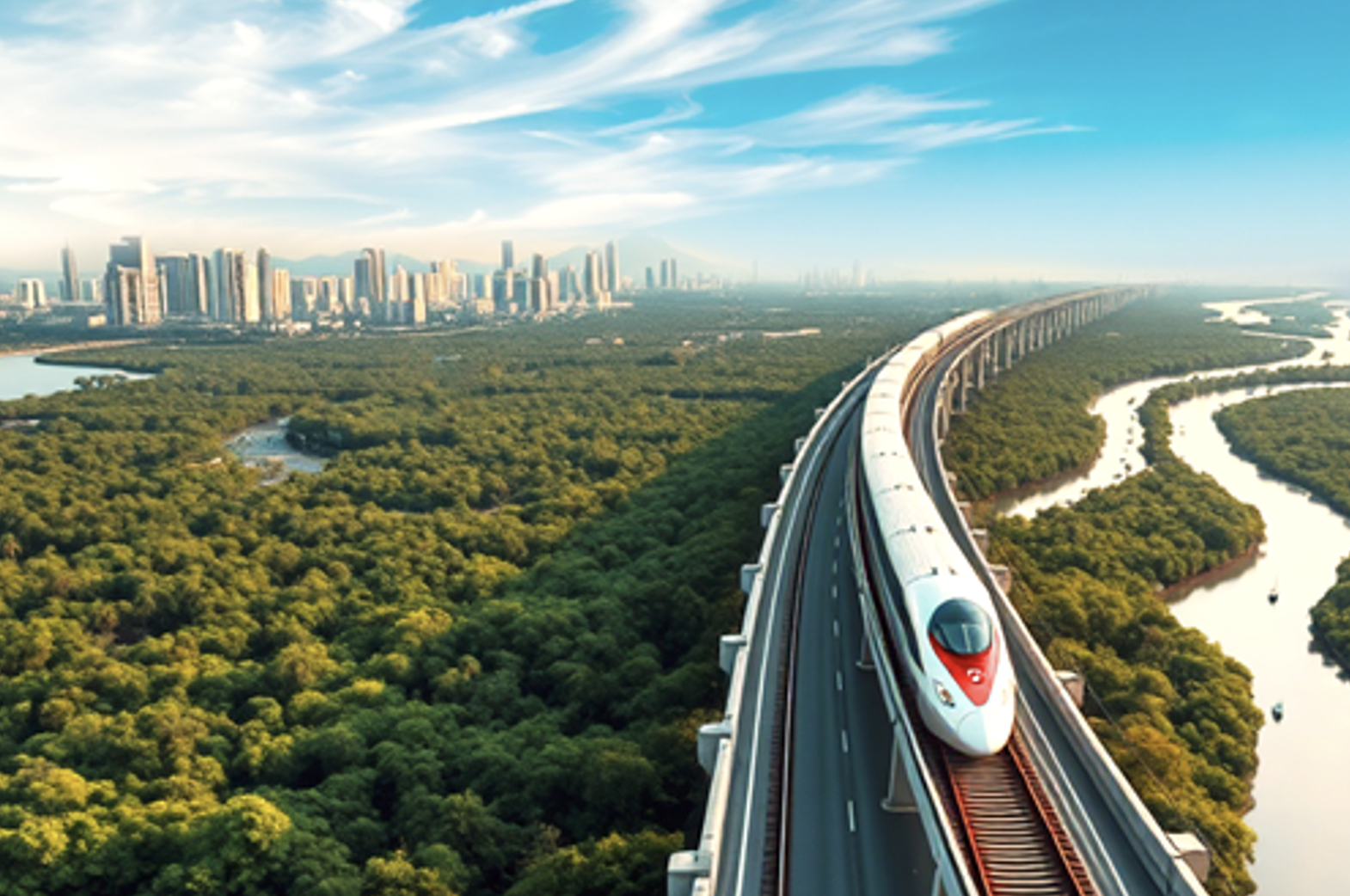
- So is PPP a more balanced solution when the State and partners share, sir?
PPP sounds balanced, but in reality there are many conflicts of interest between the parties, and Vietnam currently does not have a complete mechanism to handle these conflicts.
The problem is even bigger with the North-South high-speed railway project. According to regulations, the private sector must mobilize at least 30% of the capital. Considering the total investment capital of more than 60 billion USD, 30% is a huge number that no business can mobilize.
In fact, PPP is suitable for projects with strong commercial cash flow for investors to recover capital such as BOT highways, seaports, and airports. But high-speed railways are different. The private sector must mobilize a huge amount of capital, but ticket revenue will not be enough to cover costs while the maintenance life cycle is expensive, possibly adding tens of billions of dollars.
No business would dare to invest tens of billions of dollars and just play the role of “partner”. If the State wants to attract investors, it might have to guarantee profits and thus return to the nature of the State bearing the risk.
“Direct investment is an option that brings real benefits to the economy”
- So what is different about the direct investment model, sir?
This is the only model I see that is suitable for Vietnam's reality. According to the proposal of some enterprises registering for direct investment, the State will lend 80% of the capital, and the private sector will contribute 20%.
The important thing is that the State will fully recover this 80% capital after 30 years, without losing anything. Meanwhile, if it is public investment, the budget not only spends 100% of the capital but also has no basis to show that this investment can be recovered.
- But many opinions say that this model puts the risk entirely on the State's side?
The reality is the opposite. When the private sector directly implements and operates, they are motivated to work quickly, optimize costs, and innovate technology to achieve long-term efficiency while shortening the time. The State still plays a supervisory and approval role, but does not have to bear the costs of capital increase, slow progress, or decades-long operational risks like public investment. The evidence can be clearly seen with record-breaking projects such as the recent National Exhibition Center.
I also have the same belief in the North-South high-speed railway project. For example, VinSpeed committed to completing it in 5 years instead of 10 years, shortening the payback period from 140 years to 30 years - as initially calculated by the authorities.
High-speed railway is not just a transportation project, but a foundational infrastructure that can change the economic structure of Vietnam for decades to come. Choosing this option, we have a high-speed railway industry without having to invest capital. Therefore, the sooner it is completed, the greater the socio-economic benefits will be.
- But borrowing at 0% interest for 30 years is considered to be "favoring" businesses. What do you think about these concerns?
Interest-free loans are the minimum requirement for the project to be financially viable. The company has already had to cover tens of billions of dollars in equipment investment over the past 30 years, and if it has to pay interest on top of that, it cannot survive. At that time, the familiar scenario is that either the government has to do it itself at huge cost, lasting for decades, or the project continues to remain on paper.
- Looking back, what is your overall view on choosing the investment model for this project?
If Vietnam wants to seize growth opportunities, shorten the development gap and step up to a new level of industrialization, the direct investment model with strong participation of the private sector and the State's cooperation in arranging capital is the most feasible way for the project to be implemented, soon bringing real benefits to the economy.
Thank you!

Source: https://vietnamnet.vn/du-an-duong-sat-toc-do-cao-bac-nam-dau-tu-truc-tiep-la-mo-hinh-duy-nhatphuhop-2466045.html





![[Photo] President Luong Cuong attends the 50th Anniversary of Laos National Day](/_next/image?url=https%3A%2F%2Fvphoto.vietnam.vn%2Fthumb%2F1200x675%2Fvietnam%2Fresource%2FIMAGE%2F2025%2F11%2F27%2F1764225638930_ndo_br_1-jpg.webp&w=3840&q=75)
![[Photo] Prime Minister Pham Minh Chinh chairs the 15th meeting of the Central Emulation and Reward Council](/_next/image?url=https%3A%2F%2Fvphoto.vietnam.vn%2Fthumb%2F1200x675%2Fvietnam%2Fresource%2FIMAGE%2F2025%2F11%2F27%2F1764245150205_dsc-1922-jpg.webp&w=3840&q=75)

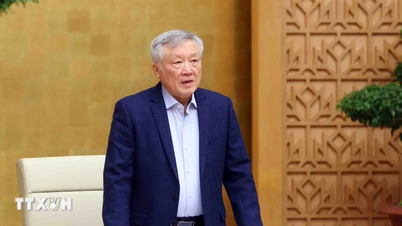



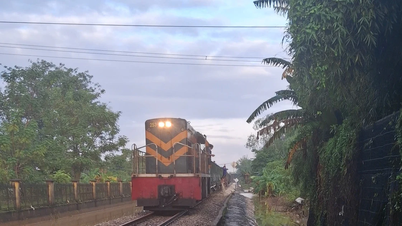

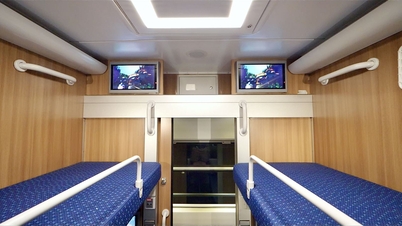





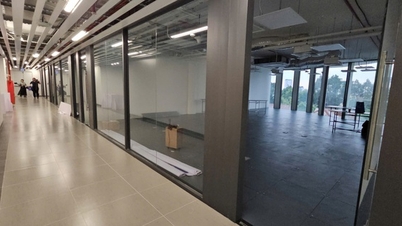





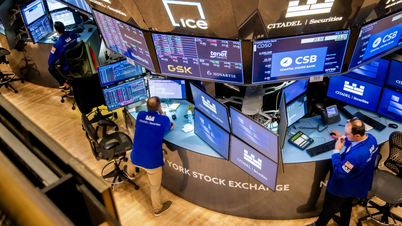






























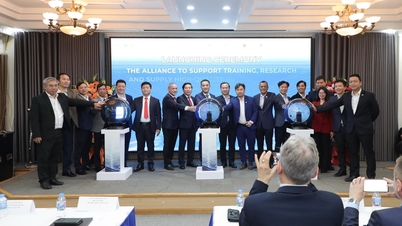





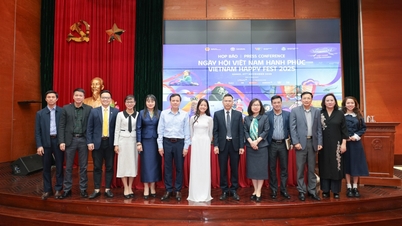
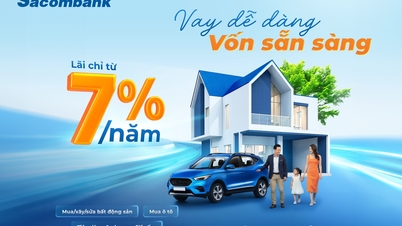




















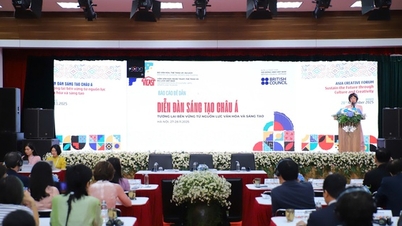
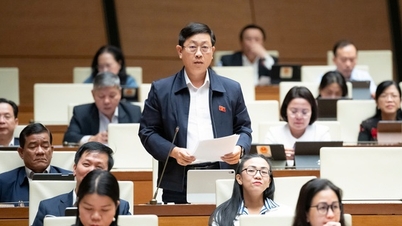
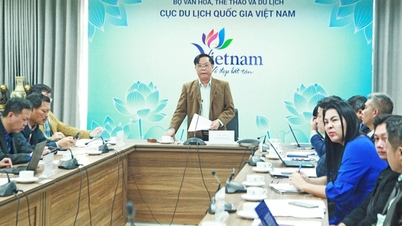
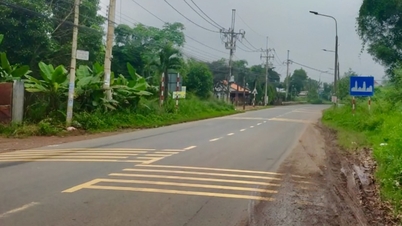

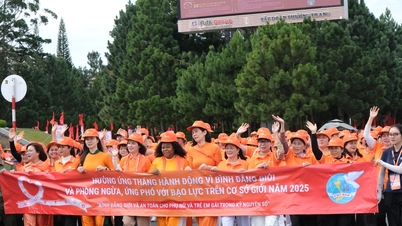






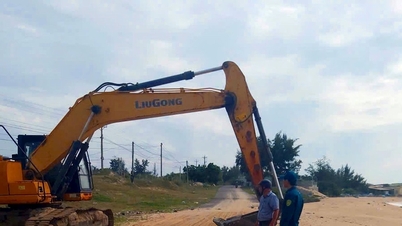












Comment (0)